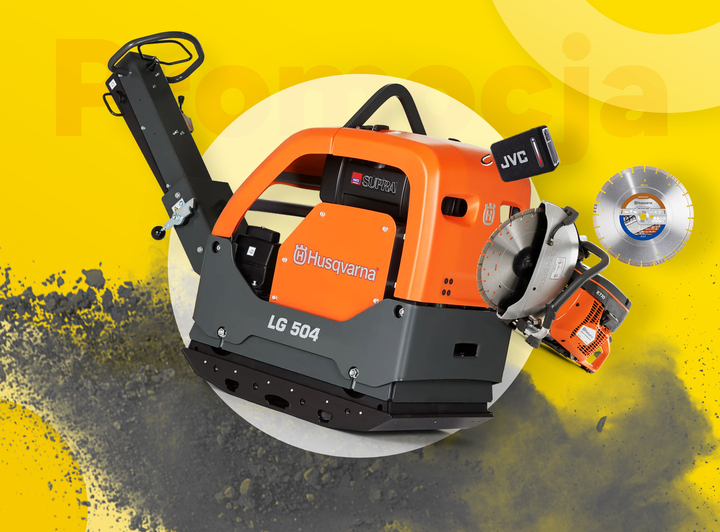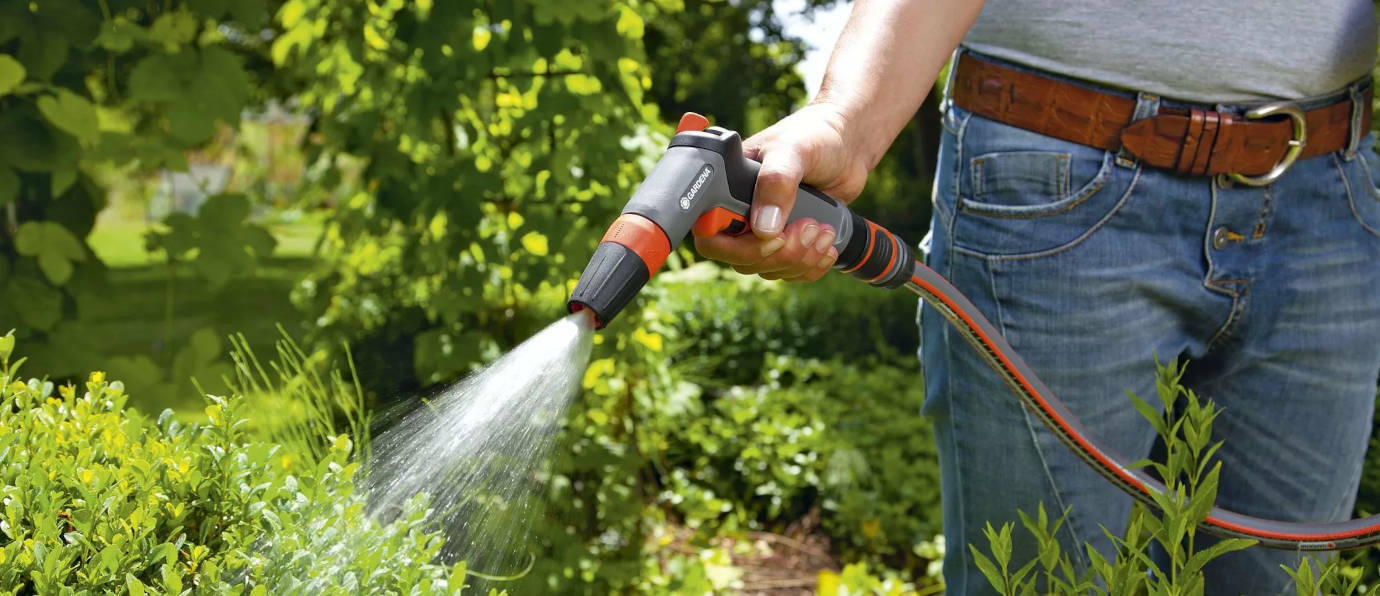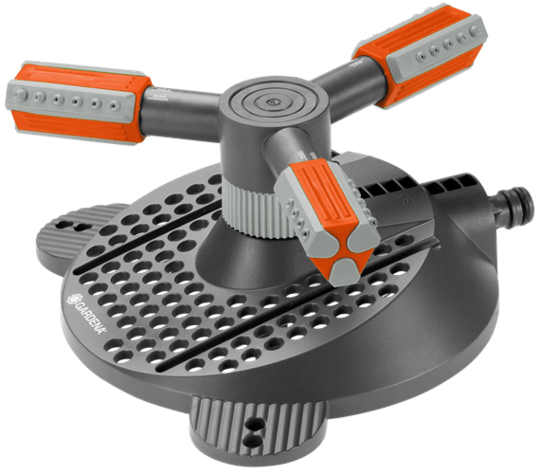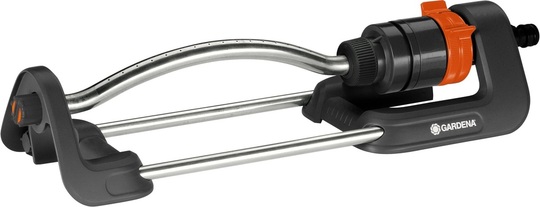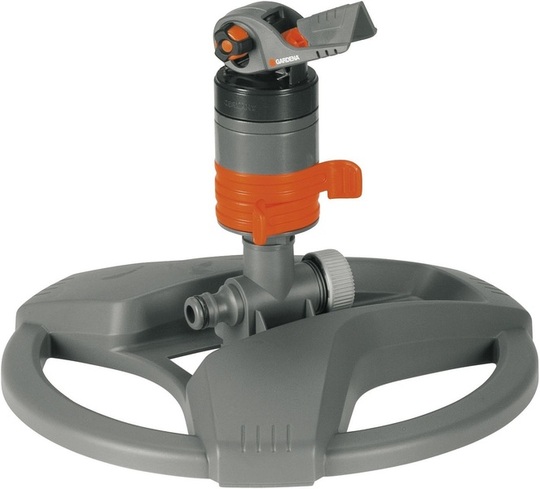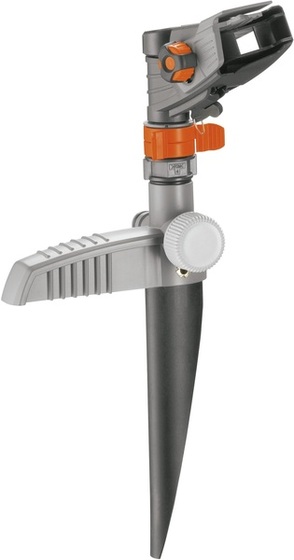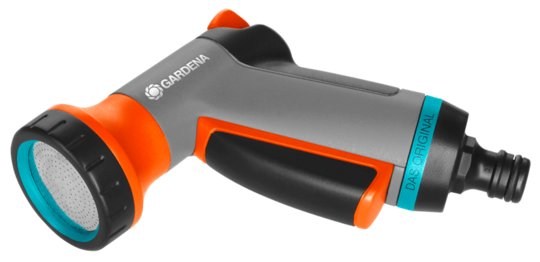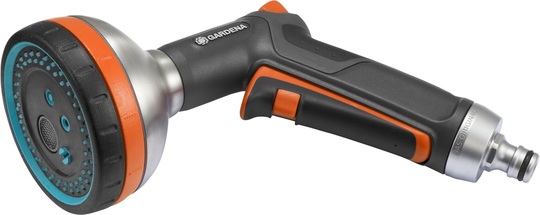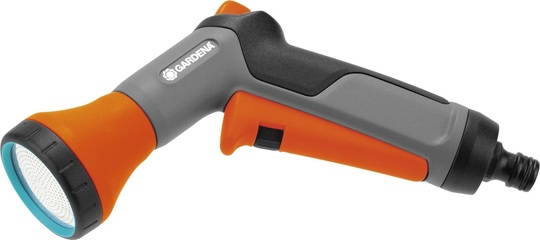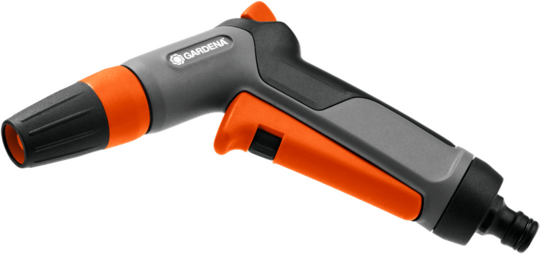Most plants or shrubs in the garden need regular watering. This is especially important during periods of drought and intensive plant growth (including flowering). Unfortunately, we don't always pay attention to the amount of water delivered, its temperature or the time of watering. We assume that it's enough to pour water from a watering can over vegetable patch once in a while, and the plants shouldn't protest. In many cases, this is insufficient and sometimes even harmful to the plants in the garden. What mistakes can we make when watering and why do water parameters and the time of day play an important role? We will discuss this in detail in today's guide.
WHY DO PLANTS NEED WATER?
Did you know that plants need and use more water than humans or animals to survive? There are two reasons why watering plants is of great importance. First of all, plants are made up of about 90% water, and the amount of water a plant needs to grow and function properly depends on factors such as the species and age of the plant and the level of sunshine. If the water pressure in the cells of the plant is too low, the wilting process begins. The leaves gradually start to droop and become limp. It is through good hydration that both the leaves and the stem of the plant remain firm and taut.
Plants also need water to obtain life-giving energy through photosynthesis (plants are self-living organisms). What exactly is photosynthesis? In simple terms, it can be described as the process of obtaining food (carbohydrates, proteins and fats) from water and carbon dioxide through the action of sunlight. A by-product of photosynthesis is oxygen, which is released by plants into the atmosphere. Interestingly, water is also used to cool the leaves and this happens through transpiration (evaporation of water from the above-ground parts of the plant). On very hot days, a plant can evaporate an amount of water equal to its weight (it's as if an average-sized person produces several tens of litres of sweat in a day).
This look at plants should motivate us to take effective care of their watering. Of course, this applies to plants in the garden as well as in the house or on the balcony.
HOW DO I WATER MY PLANTS IN THE GARDEN?
Before discussing the rest of the important elements, it is first worth considering what is the best watering method: Is it tap water, well water or so-called rainwater? For many gardeners, this seems to be irrelevant because "water is water". The truth is, however, that each water has a slightly different composition which is more or less indifferent to the plants being watered. So what kind of water to use in the garden? It turns out that accumulated rainwater is best for the health and growth of plants. Unlike tap water, it contains no hard minerals, chlorine or fluoride.
Rainwater in a bucket or barrel contains many nutrients and has a slightly acidic pH. In addition, the filtered rainwater is warmer than tap water and therefore better tolerated by the plants. This is made easier by the fact that rainwater can be collected using simple garden containers such as buckets, barrels, special containers or even underground tanks. It is interesting to note that for watering vegetables we can safely use cooled water after boiling potatoes or after replacing water already used in the aquarium. Then this water additionally contains a large amount of phosphorus and nitrogen, valuable components for our garden plants.
WHEN TO WATER THE GARDEN?
Of huge importance for both the health of garden plants and our wallet is the time of watering. The time of watering is of huge importance for both the health of garden plants and our wallet is the time of watering. You could say that every time is better than sunny midday - why? There are at least two reasons. First of all, the sun's harsh rays quickly heat the water droplets on the leaves and this, in turn, leads to leaf burn (although opinions are divided on this point). If that isn't enough, the water evaporates quite quickly under the influence of the heat, which means that not only do we lose the resources we need for plant life, but also money. So what is the best time for watering?
The most effective and safest time for plants is in the early morning or evening. At these times, the air temperature is considerably lower, so there is no risk of leaf burns and the water supplied can soak into the soil easily. In addition, you may notice dew on the leaves or blades of grass in the morning. These water droplets not only further reduce the need for water but also provide excellent cooling. Is it possible to water flowers or garden plants at night? This is certainly better than watering in the middle of a sunny day, but it does carry the risk of various diseases. In summary, plants are best watered either early in the morning or the evening.
HOW MUCH TO WATER?
Now that you know when and how best to water your plants, it's time to find out how much to water. Here, the matter turns out to be a little more complicated than it might seem. The actual need for water depends not only on the species of plant but also on the type of soil. Let me give you two examples: light sandy soils are best watered frequently and in small doses (easily permeable), whereas heavy clay soils should be watered less often but with more water. Therefore, before planting or sowing plants in your garden, pay attention to soil type. Info: Plants absorb more water if it is provided more often and in smaller amounts. Also, younger plants prefer less frequent and smaller irrigation, whereas older plants need more water.
HOW DO I WATER MY GARDEN PLANTS?
Choosing the right garden watering tools should hardly cause anyone any problems. Nevertheless, there are good and better solutions. First of all, the most economical way is to use an ordinary garden watering can. Unfortunately, you have to reckon with the necessity of filling it up and, what's worse, carrying it around, but in return, you dose the water quite precisely and in a specific place. Of course, a garden hose works just as well here, but only if you connect a spray gun with a spray lock and spray width adjustment to it.
Info: For potted flowers, it is very important to irrigate not only the central part of the roots
but also the side ones. Remember that some plants have a very developed root system.
Is it worth installing a sprinkler system? Yes, of course, but on one condition: you need to program the irrigation controllers accordingly. Otherwise, if left to their own devices or run without much control, sprinklers can use huge amounts of water, which will eventually evaporate to a large extent or the water droplets will be blown by the wind onto empty soil away from the plants. To make matters worse, not all plants tolerate water particles on their leaves well, which we cannot avoid with sprinkler irrigation. A much better solution is to invest in drip irrigation. Here, the water dosage is very precise, but unfortunately, the initial cost is quite high (the cost of making and programming the entire installation).
GARDEN WATERING - SUMMARY AND TIPS
Here's a collection of tips for watering flowers and garden plants that you're sure to remember easily.
- Before watering the same plant again make sure that the soil has dried out by then;
- Make sure that there is effective drainage in the pots so that excess water can run off easily (permanently wet soil can cause root rot);
- Observe the weather forecast, relying on several different sources of information. If you are sure that heavy rain is expected in the next few hours, you can safely forgo additional irrigation;
- Remember that excess water can, in extreme situations, even lead to the death of the plant. The root rot process is difficult to stop;
- Remember to irrigate drought-tolerant plants regularly too. They will certainly thrive faster than if left to their fate and the mercy of the weather.
USEFUL GARDEN TOOLS AND EQUIPMENT
What garden equipment is useful for irrigation? First and foremost there will be all sorts of garden hoses, spray guns and lances, fittings and connections and all sorts of pumps - including classic garden pumps, submersible water pumps, submersible pumps and rainwater pumps. And you will find many more solutions in our garden section. We recommend products from brands such as Gardena, Milwaukee, Ryobi, AEG Powertools, Bosch, Stihl, Makita, Flex and Kärcher.



















































